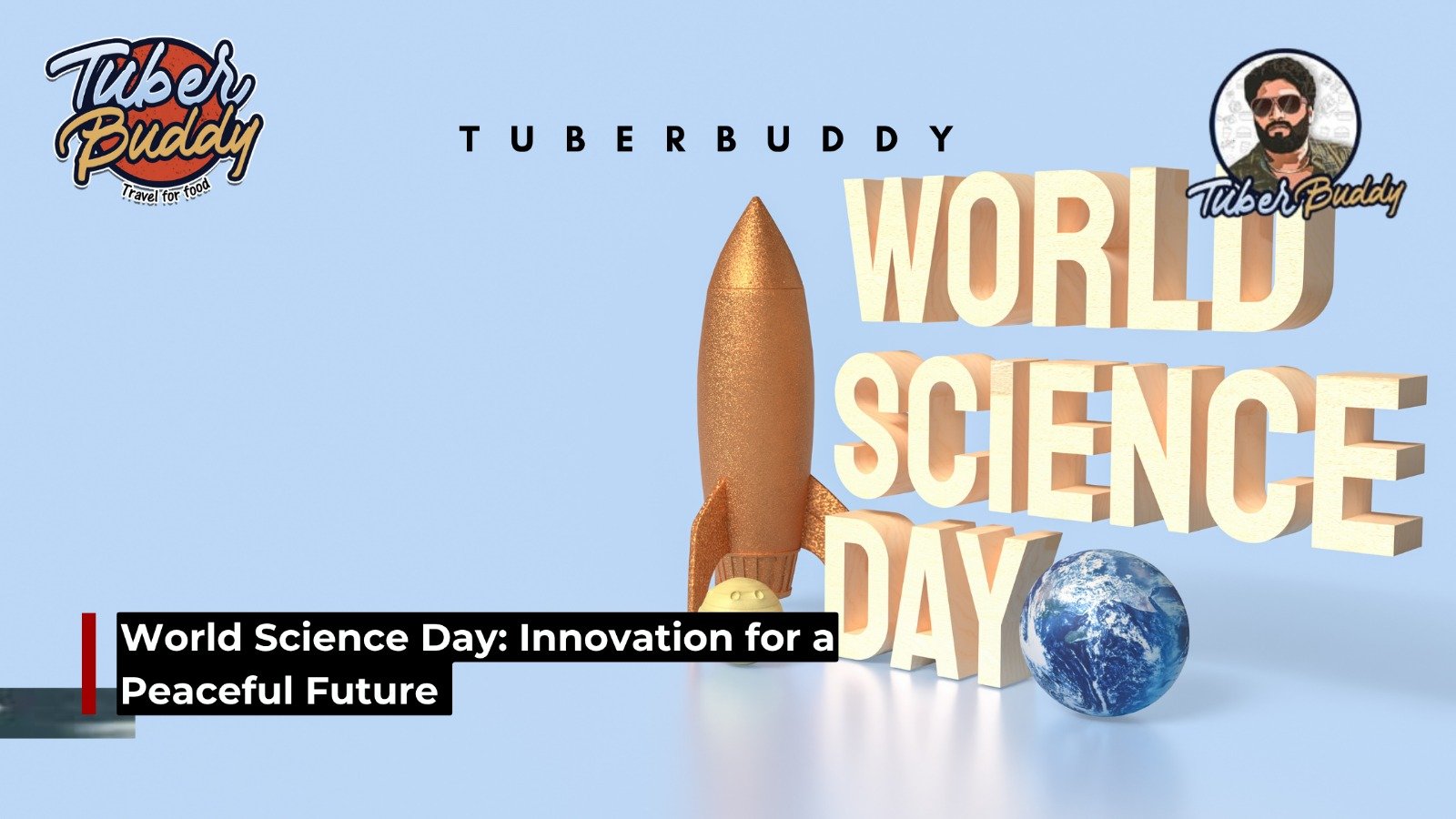World Science Day: Innovation for a Peaceful Future

Every November 10 we celebrate World Science Day for Peace and Development by informing the public that science is more than creating studies or finding new discoveries; it is something that joins innovation and humanity. The purpose of World Science Day for Peace and Development is to encourage attention to how science can support peace, improve the quality of life of humans, and advance the health and wellbeing of the human family as a whole.
Science for Peace: Working Together for a Brighter Future
What is the purpose of World Science Day for Peace and Development?
In a world challenged by climate change, inequality, and violence, science is a universal language that can help provide solutions to these challenges by bringing people together to communicate potential solutions.. On this day, and World Science Day for Peace and Development, is to foster ties among all levels of government, science, and communities to advocate for open dialogue on how new science advancements impacts human well-being.
UNESCO initiated this day in 2001 to ensure that all citizens are fully aware of the role science plays in our everyday lives.. Each and every scientific advancement, from renewable energy development to healthcare to digital learning, non-linear deductive reasoning supports world peace, and recognizes new dimensions of sustainable development
The 2025 Theme: Innovation for a Sustainable and Peaceful World
The theme for World Science Day for Peace and Development in 2025 focused on, “Innovation for a sustainable and peaceful world.” This represents the need for creativity, technology and collaboration to solve real world problems that exist such as water scarcity, digital communication, generation responsible for technological innovation and development, or other international and global issues.
inequality.
Science is not simply about new discoveries, but simply contributes to the design of solutions for humanity. For example:
Green technology can minimize ecological impact and encourage cleaner forms of energy.
Artificial intelligence can expand access to healthcare and support disaster response.
Agricultural science can enhance food security for the expanding global population.
Each of these scientific advances contributes to peace through equity, sustainability, and shared progress.
How Science Builds Peace
Peace isn’t just about politicians; it’s about development, education, and compassion. When countries and communities come together through scientific research, they build understanding, trust, and interdependence.
Here are some examples of how science promotes peace and development:
- Education and Empowerment: Scientific education develops critical thinking and problem-solving capability in children and youth, which includes an aspect of inclusion and entrepreneurship.
- Global Cooperation: Working on projects related to research on space or on global climate, for instance, brings scientists together to collaborate on projects of common interest, irrespective of borders.
- Sustainable Development Goals (SDG’s): The UN has 17 SDG’s that relate to essentially every aspect of development, from clean drinking water to affordable energy – all requiring an underpinning of science for ongoing peace, stability and sustainability.
When individuals can actually understand the capacity science has, these individuals will begin to make choices that are, potentially more informed and more humane towards others for the good of society.
You don’t have to be a scientist to share in World Science Day for Peace and Development: small actions have big changes! Here are some ways you can do something simple:
- Go and visit some science fairs and/or otherwise experience science based innovations occurring within your community to assist in making the world work.
- Spark a child’s curiosity by encouraging STEM learning at home and at school.
- Use social media to share awareness with the hashtag #WorldScienceDay.
- Support sustainable actions supported by science for sustainability, for example raising awareness of environmental issues with a basis in science.
These simple action items contribute to building a culture that values research, education, scientific knowledge and sharing the benefits.
Conclusion - The Future is In Our Hands.
With World Science Day for Peace and Development, this message rings through loud and clear: science belongs to everyone. And the benefits associated with science should be respectfully shared amongst all people for a balance to a peaceful world. By supporting innovation, education, and collaboration we contribute to a world where knowledge unites us — not divides us.
Let us celebrate science — not only as a means of knowledge and discovery — but as a way to unite us. Together we can make the future brighter and cleaner, and more peaceful for generation after generation.
Follow TuberBuddy to stay up to date on inspiring global observance, educational opportunities, and simply good content ideas all aimed to make the World a better place every day! 🌍✨
